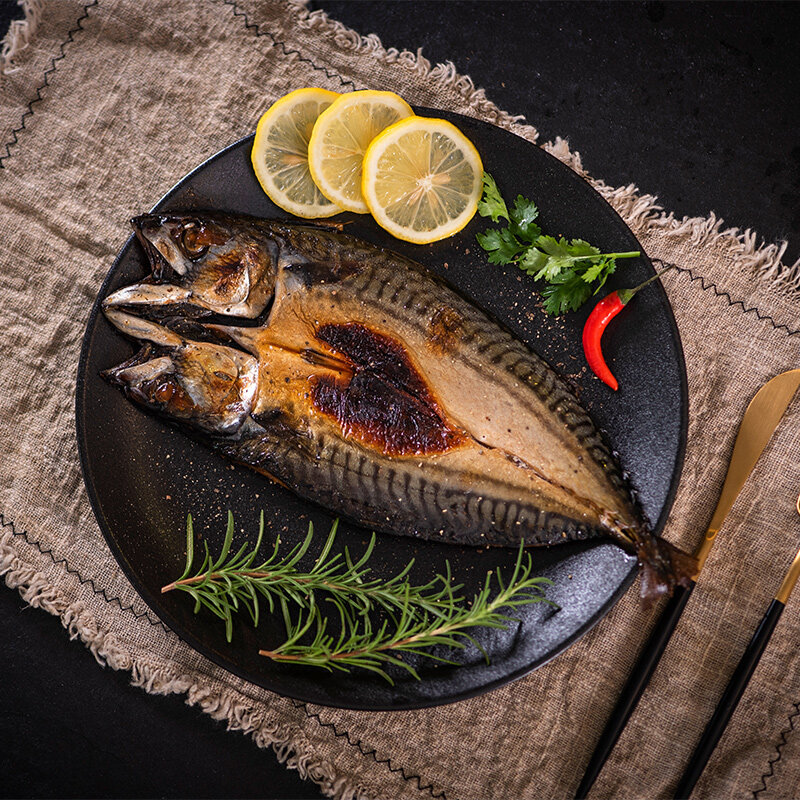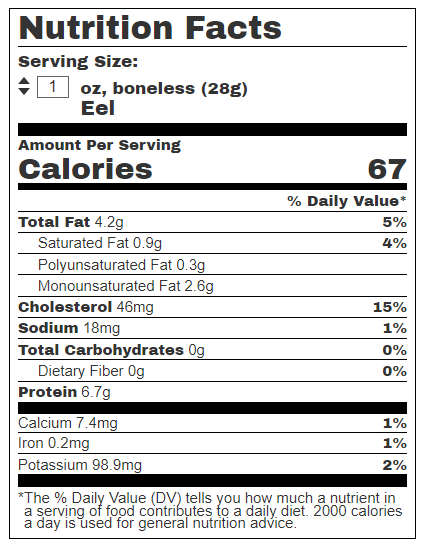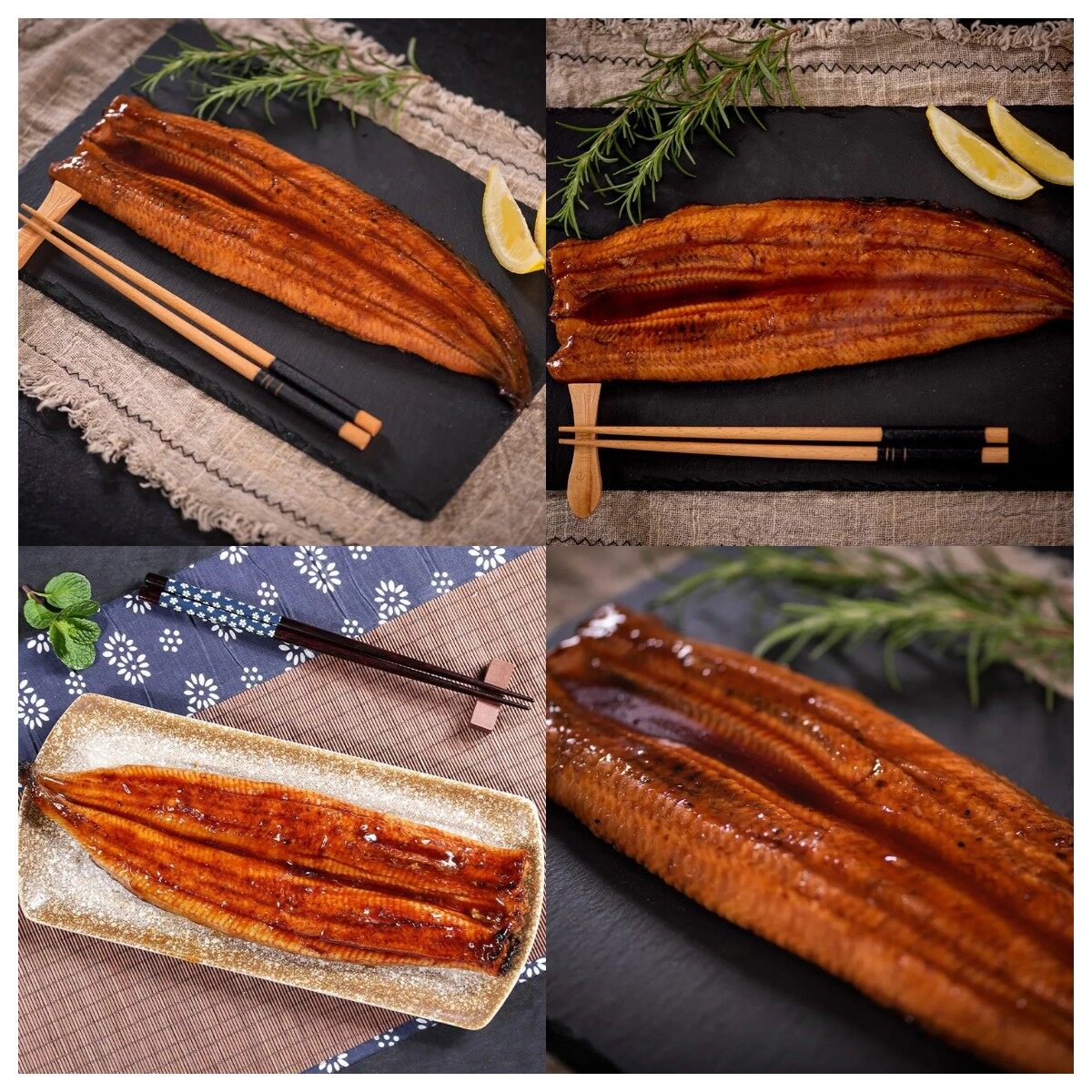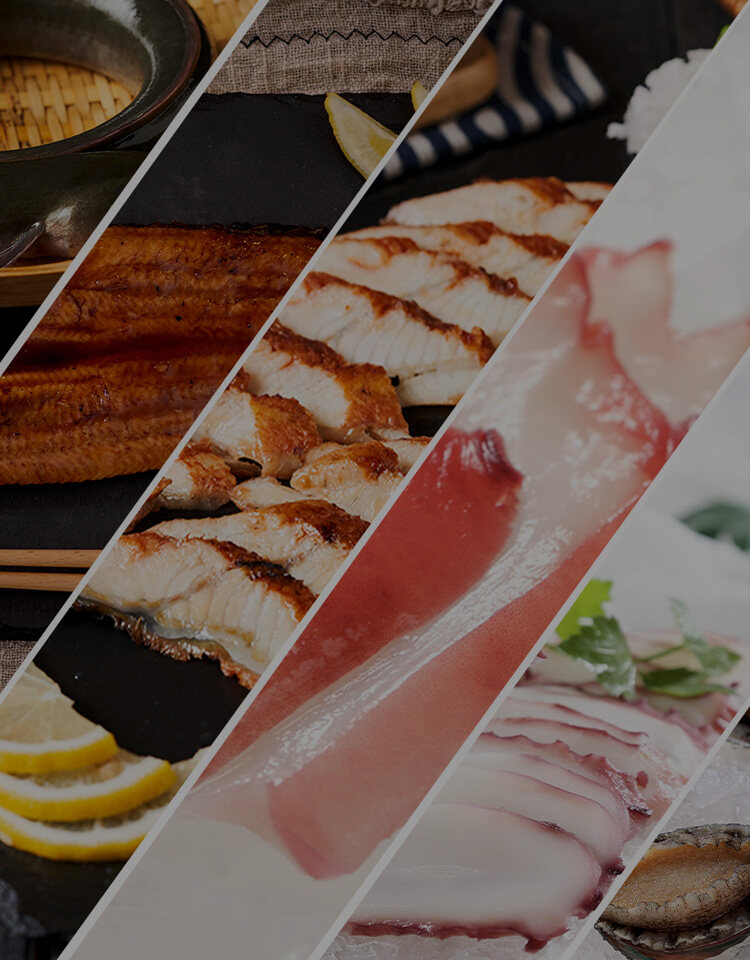Email cannot be empty
Password cannot be empty
Email format error
Email cannot be empty
Email already exists
6-20 characters(letters plus numbers only)
The password is inconsistent
Email format error
Email cannot be empty
Email does not exist
6-20 characters(letters plus numbers only)
The password is inconsistent


Are freshwater eels good to eat?
Eel is a type of fish that is popular in many cuisines around the world. It has a distinctive flavor and texture, which makes it a unique addition to any dish. However, some people are wary of eating eel, as they are unsure if it is good for them. In this post, we will explore the health benefits of eel and answer the question, "is eel good for you?"
Firstly, let's start by discussing the taste of eel.
Eel has a rich, earthy flavor with a hint of sweetness. It has a meaty texture, similar to chicken or beef, but with a slightly firmer bite. Some people describe the taste of eel as similar to salmon or tuna, but with a more distinct flavor. If you are a seafood lover, you will likely enjoy the unique taste of eel.
Now, let's move on to the health benefits of eel.
Eel is an excellent source of protein, with around 18 grams of protein per 3.5 ounces of cooked eel. Protein is essential for building and repairing muscles, and it also helps to keep you feeling full and satisfied after a meal. Eel is also rich in omega-3 fatty acids, which are beneficial for heart health. Omega-3s can help to lower triglycerides, reduce inflammation, and improve blood flow, which can reduce the risk of heart disease.
In addition to protein and omega-3s, eel is also a good source of vitamins and minerals. It is high in vitamin A, which is important for vision and immune function, and vitamin B12, which is essential for nerve function and the production of red blood cells. Eel also contains minerals such as potassium, calcium, and magnesium, which are important for maintaining strong bones and muscles.

Nutrition Facts of one unit eel
Calories: 184, Fat Calories: 101.7, Total Fat: 11.6 g, Saturated Fat: 2.4 g, Cholesterol: 126 mg, Sodium: 51 mg, Protein: 18.4 g, Omega-3: 0.2 g.
However, it's worth noting that eel can also be high in mercury, which is a toxic metal that can have negative effects on health. Mercury can accumulate in the bodies of fish and can be harmful if consumed in large amounts. As such, it is recommended that pregnant women and young children avoid consuming eel due to the potential risk of mercury exposure.
Cooking Methods for Eel
There are many different ways to cook eel, depending on your preferences and the ingredients you have on hand. Here are a few popular methods to try:
1. Grilled or Broiled Eel: This is a simple and delicious way to prepare eel. Brush the cleaned eel with a mixture of soy sauce, mirin, and sake, then grill or broil until crispy and browned. Serve with steamed rice and a sprinkle of chopped green onions.
2. Fried Eel: Another popular way to cook eel is to fry it in hot oil until golden brown and crispy. Coat the eel in seasoned flour or breadcrumbs, then fry until cooked through. Serve with a side of tartar sauce or lemon wedges.
3. Stewed Eel: This is a traditional Japanese preparation that involves simmering eel in a broth made from soy sauce, sake, and sugar. Add sliced onions, carrots, and other vegetables for extra flavor and nutrition.
4. Sushi-style Eel: It is a popular ingredient in sushi and other Japanese dishes. To make sushi-style eel, grill or broil the eel as described above, then slice it thinly and serve over a bed of sushi rice. Top with a drizzle of sweet eel sauce and a sprinkle of sesame seeds.
Eel foods here:
Frozen kabayaki eels : are cooked and prepared in a sweet, teriyaki sauce firstly before IQF processing.
Main Ingredients: Eel (farming), soy sauce, sugar mixed heterotropic liquid sugar, weizhong, sugar/alcohol, viscosifier (processed starch, Xanthan gum), colorant (caramel pigment, yellow and orange pigment), seasoning (amino acid, etc.) (part of wheat, soybean).
Nutrition Factor: Serving Size: Kabayaki fillet (198g)
Calories:469, Total Fat: 24g, Saturated Fat: 4.8g, Trans Fat: 0g, Polyunsaturated Fat: 2g, Monounsaturated Fat:15g, Cholesterol: 256mg, Sodium: 664mg, Potassium: 602mg, Total Carbohydrates: 21g, Dietary Fiber: 0.1g, Sugars: 20g, Protein: 38g
Vitamin A: 120%, Vitamin C: 4.8%, Calcium:3.5%, Iron: 6.6%
Frozen unagi shirayaki: It is a method of cooking in which eel is cooked directly over a fire without adding other additives such as seasoning, sauce, or oil, and it maximizes the original taste of the eel.
Main Ingredients for reference: Shirayaki grilled eel, Liquor, Leek, Wasabi, and Soy sauce.
Nutrition Factor: 331Cal per 100g serving size, rich in Vitamin D and Vitamin A and D, protein, calcium, unsaturated fat, and EPA and DHA.
Frozen Unagi Koganeyaki: uses no head Anguilla rostrata and has a moderate taste, which can be used as unagi nigiri fish or eel fish for sushi.
Main ingredients: Eel (Chinese cultured eel), white shoyu soy sauce (soy sauce, flavoring, protein hydrolysate, sugar, Rice fermentation seasoning, Kelp extract, eel extract, brewing vinegar, yeast extract)/alcohol, sorbitol, viscosifier (Xanthan gum), (part of wheat, soybean)

Eel can be a healthy and delicious addition to your diet, provided that you consume it in moderation. It is a good source of protein, omega-3s, vitamins, and minerals, all of which can help to support overall health. However, due to its potential for high mercury levels, it is important to limit your intake of eel and choose other seafood options that are lower in mercury. So, next time you're at a seafood restaurant, don't be afraid to try the eel – you might just discover a new favorite dish!

